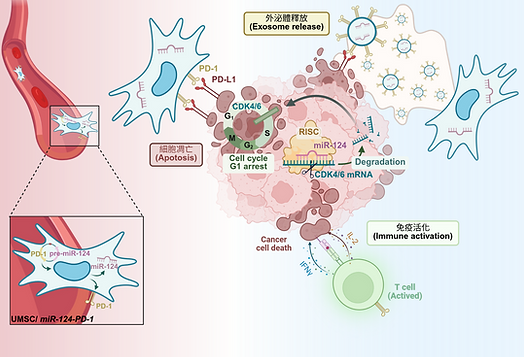

Laboratory of Molecular Image on Translational Research
awards and news
research resources
Main resources and equipment in LMITR
Our lab equip with following equipment including luminescence fluorescent imaging system (SpectraMax iD3), mouse surgical microscope platform and system, biomedical image analysis software (PMOD), luminescence imaging system (UVP ChemiDoc-It imaging system), Flow Cytometry (ACEA biosciences. Inc. NOVOCYTE), tissue homogenization system (gentleMACS™ Dissociator)... etc. The above-mentioned equipment can be used for the application of nanomaterials in cancer treatment and biomedical imaging.
Cooperators:
-
Center for Advance Molecular Imaging and Translation, Chang Gung Memoiral Hospital, New Taipei City
-
China Medical University Hospital, Taichung
-
Institute of Nuclear Energy Research, Atomic Energy Council, Taoyuan City
-
Taipei Medical University, Taipei
-
National Cheng Kung University, Tainan
-
National Yang Ming Chiao Tung University, Taipei
-
The University of Melbourne, Australia
-
Centre For Eye Research Australia
-
New York University, USA

research projects
Gene Modified Mesenchymal Stem Cell Therapy and Diagnosis
Due to the characteristic of WJ-MSCs, we hypothesis that WJ-MSCs can be a cell carrier to delivery multi-targeted vectors which may markedly enhance the therapeutic efficacy of glioblastoma.

.png)
Molecular Image Application on Cancer
1. Bioluminescence Imaging
2. Micro Positron Emission Tomography
3. MR Chemical Exchange Saturation Transfer


4. Magnetic resonance imaging (MRI)
Theranostic
1. Molecular Magnetic Resonance Imaging (mMRI)
(Superparamagnetic iron oxide based MRI contrast agents)
2. Drug delivery efficacy (covert by MR signal intensity)


Molecular Image Application on Immunology
Anti-bodies based immunotherapy
Bioluminescence Imaging
(Luminescence-based reporter gene model )


1. Low dose chemo combined adoptive T transfer
2. Antibody combination treatment
CONTACT ME
QUICK ID
Phone
Website
Address
+886-3-4227151#65085
https://1440114.wixsite.com/sakiro920
No. 300, Zhongda Rd., Zhongli District, Taoyuan City 320317, Taiwan (R.O.C.) 科學五館208/404




